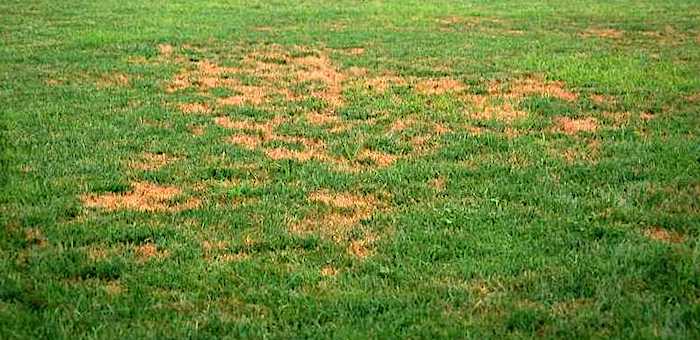A summer grass lawn is a beautiful place to relax in the warm summer weather.
However, the grass needs to be maintained, and there are different types of lawn grass that grow in Massachusetts. In order to properly maintain your lawn, you need to know about the different types of grass, as well as which diseases are most likely to cause a problem in the future.
Massachusetts has specific guidelines set in place in terms of the pesticides that can be used. There are also specific rules that need to be followed in terms of health and safety. This is not easy for a single individual to do by themselves, which is why people hire a professional lawn maintenance company to do the hard work for them.
But before we give you professional advice on how to maintain your lawn, let's learn about the diseases that could cause destruction in your lawn.

Common Lawn Grass Diseases
The best way to prevent diseases from destroying your lawn is to regularly treat your lawn before the diseases can even start occurring. A stressed lawn, one that has not been maintained in a long time, is an open invitation for lawn diseases to gain a foothold.
The interesting thing about lawn diseases is that you can see them visually. Although, once you see them, it means that they have taken hold already, and you will likely need professional help to get rid of them.
These are the most common lawn diseases to watch out for:
Brown Patch in Grass
A Brown Patch, also known as a large patch, is a common soil-borne fungus. It attacks a variety of plants as well as almost all turfgrasses.
Recognizable symptoms:
- Starts as a small spot.
- Begins to increase into a large patch.
- Takes a circular shape, although sometimes takes the shape of a horseshoe.
- Grows several feet across or even more.
- Appears as brown in color.
Dollar Spot
This is one of the most destructive turfgrass diseases. It is especially present in bentgrass, which is the type that is commonly found on golf courses. It can develop any time from late spring to late fall.
Recognizable symptoms:
- Produces 2" - 4" circular patches on creeping bentgrass turf and 4" - 6" circular to blotchy areas on bluegrass lawns.
- Appears as straw colored.
- Gets covered in a faint cobweb growth on affected leaves during cold mornings.
- Possesses a reddish-brown border.
High humidity and low soil moisture are the perfect environments for this fungus disease to develop. The disease usually develops on lawns that are unfertilized but can also occur on high-maintenance lawns that are under stress.
Powdery Mildew
Powdery mildew is a common problem on bluegrass lawns in shady areas. It attacks the surface of the grass leaves and develops a fine, fungal growth that resembles a white powdery substance on the leaves.
Recognizable symptoms:
- Shows up as a white, powdery substance similar to mold on the surface of the leaves.
- Causes affected areas to turn yellow.
- Causes the lower leaves to die.
- Affects other plants on the lawn.
Don’t have time for all this? Hire a professional!
No matter how much you try to do everything yourself, you may end up wasting more of your time and money in the process.
At RidAway, our lawn maintenance experts will produce the thick, green carpet you want to see and feel.
Our lawn maintenance plan includes several stages:
- An annual plan that keeps your lawn looking beautiful.
- Herbicides to defend your lawn from weeds.
- We keep your lawn fed with the right nutrition to grow into a thick carpet.
Don’t wait for your lawn to go out of control. Give us a call right now to fix the problem before it’s too late.

